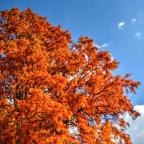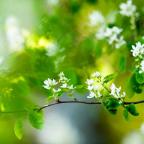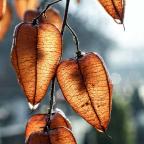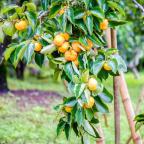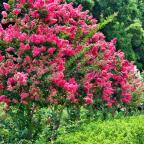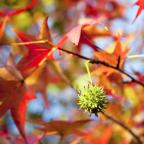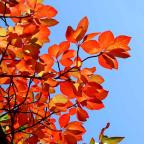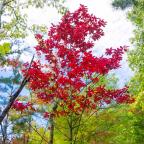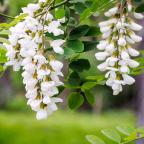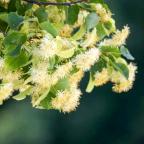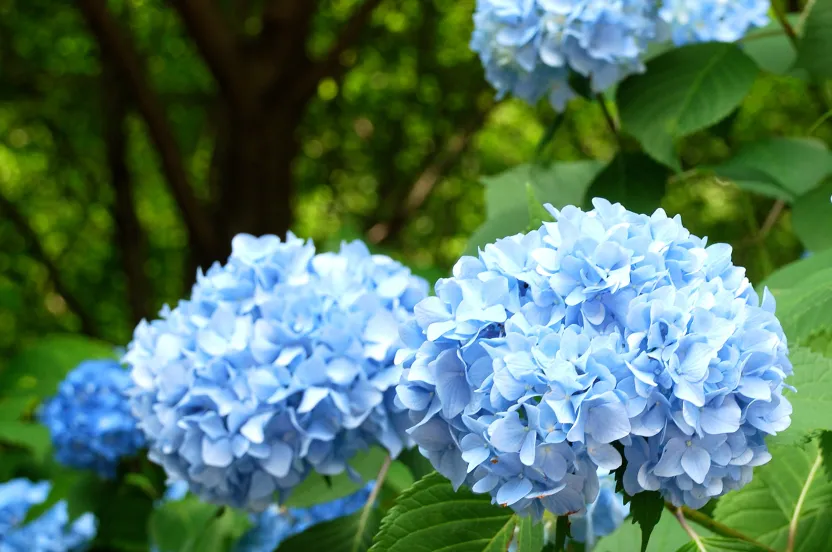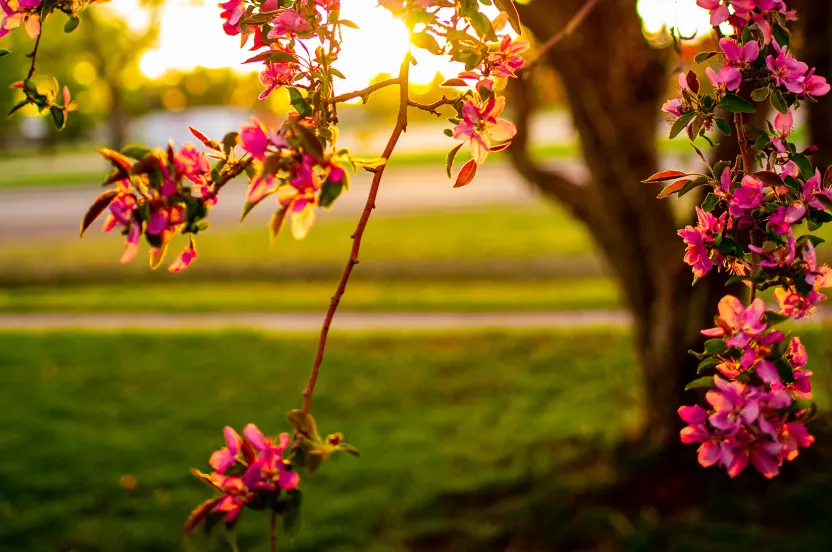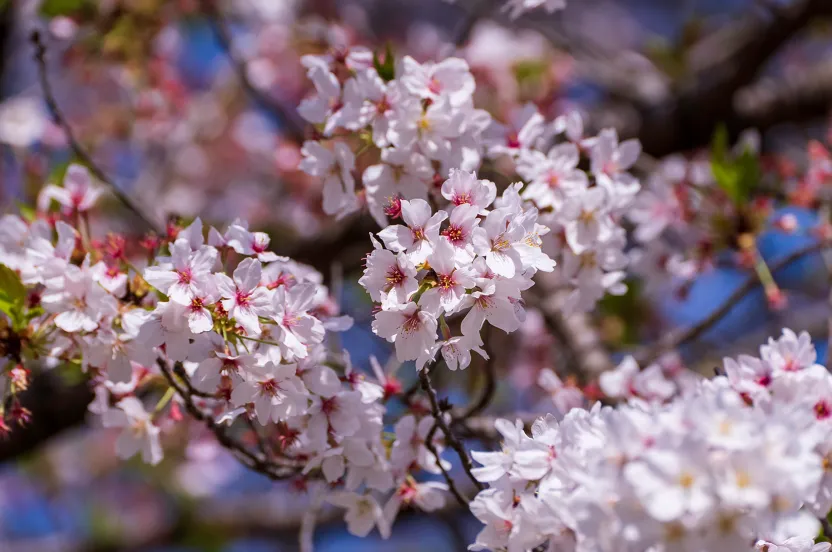Give before midnight on July 31 to double your impact where trees need us most. CHOOSE A PROJECT
Design
Trees for Bees and Other Pollinators
Bees and other pollinators are essential for growing many fruits and vegetables. However, their survival is threatened by parasites and lack of forage. Trees provide crucial pollen and nectar that support bee health and honey production.

Other trees that provide food for pollinators include hawthorns (Crataegus sp.), tuliptrees (Liriodendron tulipifera), southern magnolias (Magnolia grandiflora), privets (Ligustrum), and many additional natives.
If you are a homeowner who chooses to use pesticides, please take additional steps to help keep pollinators healthy. Do not apply pesticides when pollinators are active and always follow label instructions carefully.
Please Note: Place trees carefully if family members are allergic to bees.
Information provided April 2015, courtesy of the Bayer Advanced Healthy Trees for Life initiative. Bayer®, the Bayer Cross® and Bayer Advanced™ are trademarks of Bayer.
